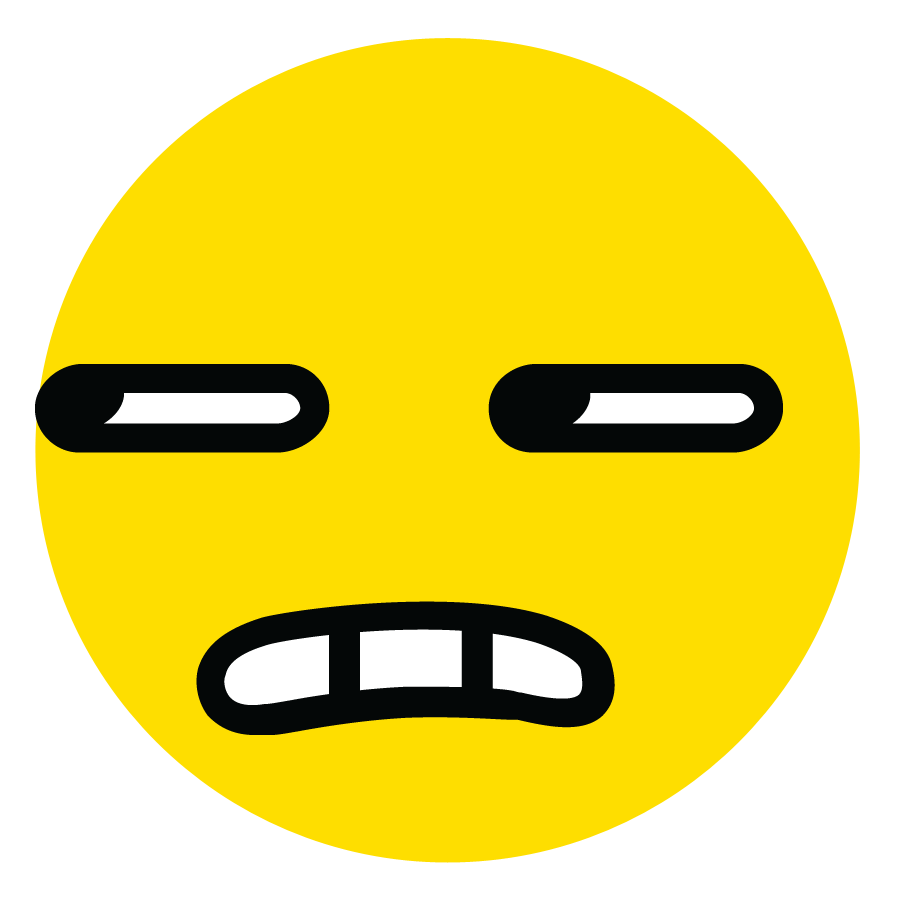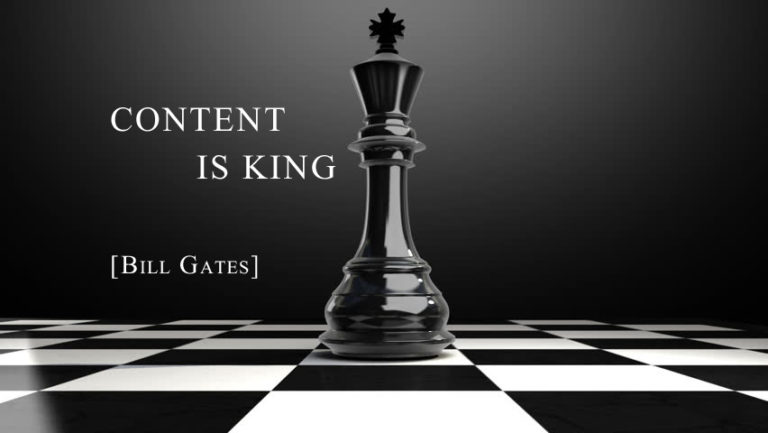What is SEO? 
Search engine optimization (SEO) is the process of affecting the visibility of a website or a web page in a search engine’s unpaid results – often referred to as “natural,” “organic,” or “earned” results. In general, the earlier (or higher ranked on the search results page), and more frequently a site appears in the search results list, the more visitors it will receive from the search engine’s users. SEO may target different kinds of search, including image search, local search, video search, academic search, news search and industry-specific vertical search engines.
From Wikipedia, the free encyclopedia
How Content affect your SEO?
There are a lot of factors that can more or less be taken into account by Google (or any other) ranking algorithm. And they are changing as the web marketing prospers and becomes stronger. At the beginning of the SEO history – keywords had the weight. Now – they are gone to history. Now we are using them just to show to the Search engine bot the main subjects of our page. For what search requires our page would be most relevant. They are no longer matter for the SERP (Search Engine Result Page) ranking. Now – the most important thing for ranking – is unique, interesting and fresh content. Also Social Marketing factors – such as “likes” “shares” etc. are counted – Google takes it for a so-called “votes”. The main thing – you must always keep in mind – your site should be interesting and helpful for users. SEO-friendly content – the one, that is user-friendly!
What is Googlebot? 
How Google gets information about your site?
“Googlebot is Google’s web crawling bot (sometimes also called a “spider”). Crawling is the process by which Googlebot discovers new and updated pages to be added to the Google index.
We use a huge set of computers to fetch (or “crawl”) billions of pages on the web. Googlebot uses an algorithmic process: computer programs determine which sites to crawl, how often, and how many pages to fetch from each site.
Googlebot’s crawl process begins with a list of webpage URLs, generated from previous crawl processes and augmented with Sitemap data provided by webmasters. As Googlebot visits each of these websites it detects links (SRC and HREF) on each page and adds them to its list of pages to crawl. New sites, changes to existing sites, and dead links are noted and used to update the Google index”.
Google Inc.
Keywords
In a few words – search engine bot comes to your site reads the information, follows links, counts words, adds images to it’s image search library and monitors user’s behavior. And though, for example, Google announced, that they don’t pay attention to the meta tag “keywords” anymore – anyway you have to choose one main keyword and some secondary – they can be synonyms or just “near the topic” words. When bot scrolls your page and reads the information – it finds your keywords itself and indicates for what search query search engine should show this very page in SERP. Please try to be more relevant.
Bounce rate
If Google senses “Bounce rate” (It represents the percentage of visitors who enter the site and then leave (“bounce”) rather than continuing on to view other pages within the same site – it happens when people don’t find, what they were expecting) – it will not put you again in SERP for this query. That’s why you should use keywords very carefully.
If you collect data with Google Analytics and Google Webmasters – you can count Bounce rate using this formula:
where:
Rb = Bounce rate
Tv = Total number of visitors viewing one page only
Te = Total entries to page
What can you do by yourself – without drawing a SEO SPECIALIST?
USE THESE TIPS
Relevant, holistic content is more important now than ever!!!
You should obey the rule – quality of the content – is at the head of the corner – you can’t just copy paste the text from one page to another. It more likely will cause harm to your ranking.
Text
Write your own texts, use more than 800 number of characters including spaces per page. The usage of keywords must be equal or more than 5% but less than 7% per text. Try to update, refresh the text content as often as you can. Try to give the user more interesting and rare information on the topic – not just the goods description.
Images
You may not realize this, but images can generate a TON of traffic from image-based search engines!
Use your own pictures. Or at least please use the images that are allowed for public usage by the terms of Copyright. The images should reflect the topic of the post, or have illustrative purposes within the article, of course. An image that is surrounded by related text, ranks better for the keyword it is optimized for. Use the right file names, titles – try to find a short but most descriptive title. Just imagine you want to find this image – what keyword will you use – name it like this. Also add alt tags for the pictures.
Loading time
Loading times are an important UX and therefore SEO aspect too. The faster the site, the easier to visit and index a page is. Images can have a huge impact on loading times, especially when you load a huge image and show it really small, like using a 2500×1500 pixels image and showing it at 250×150 pixels size. The entire image will still have to be loaded. Scale the image to the size you want to show it. WordPress helps by providing the image in multiple sizes after upload already.
More information on how to optimize your page loading time
Alt text
Make sure the alt text includes your SEO keyword and relates to / describes the image. Alt text will be shown, if the user switched off the pictures or, while downloading the page with low connection speed. It will improve UX (user experience) – it is counted too)).
Social shares
Don’t hesitate to share your site links in Social Media – the more you can get – the better the results. Every “like” counts!
Yoast SEO WP
If you use the WP Yoast SEO plugin – fill in all the needed fields: “Snippet”, “Focus Keyword” (choose just one for free version), “SEO title” and “Meta description”.
Please don’t expect the fast results. It takes not less than 6-8 months – in average – to see the results from a strong SEO campaign.
P.S. There are much more SEO tools that can help you to achieve good results on that field – but most of them need special skills and development experience – it can’t be done off hand.
But still there are some handy sources that can make your way easier:





0 Comments